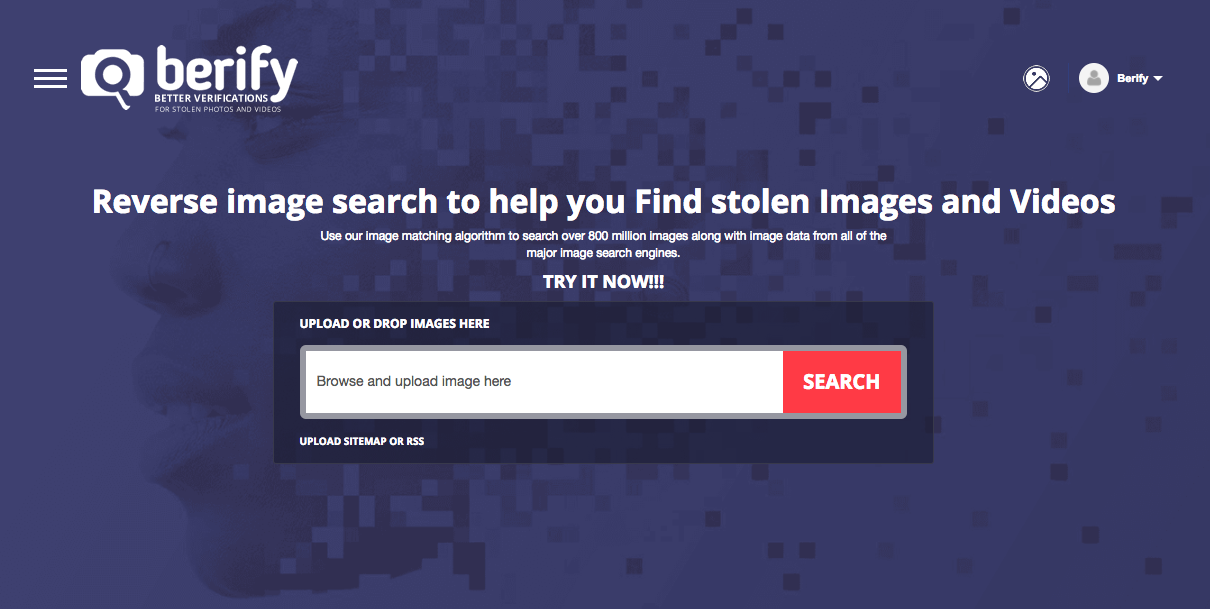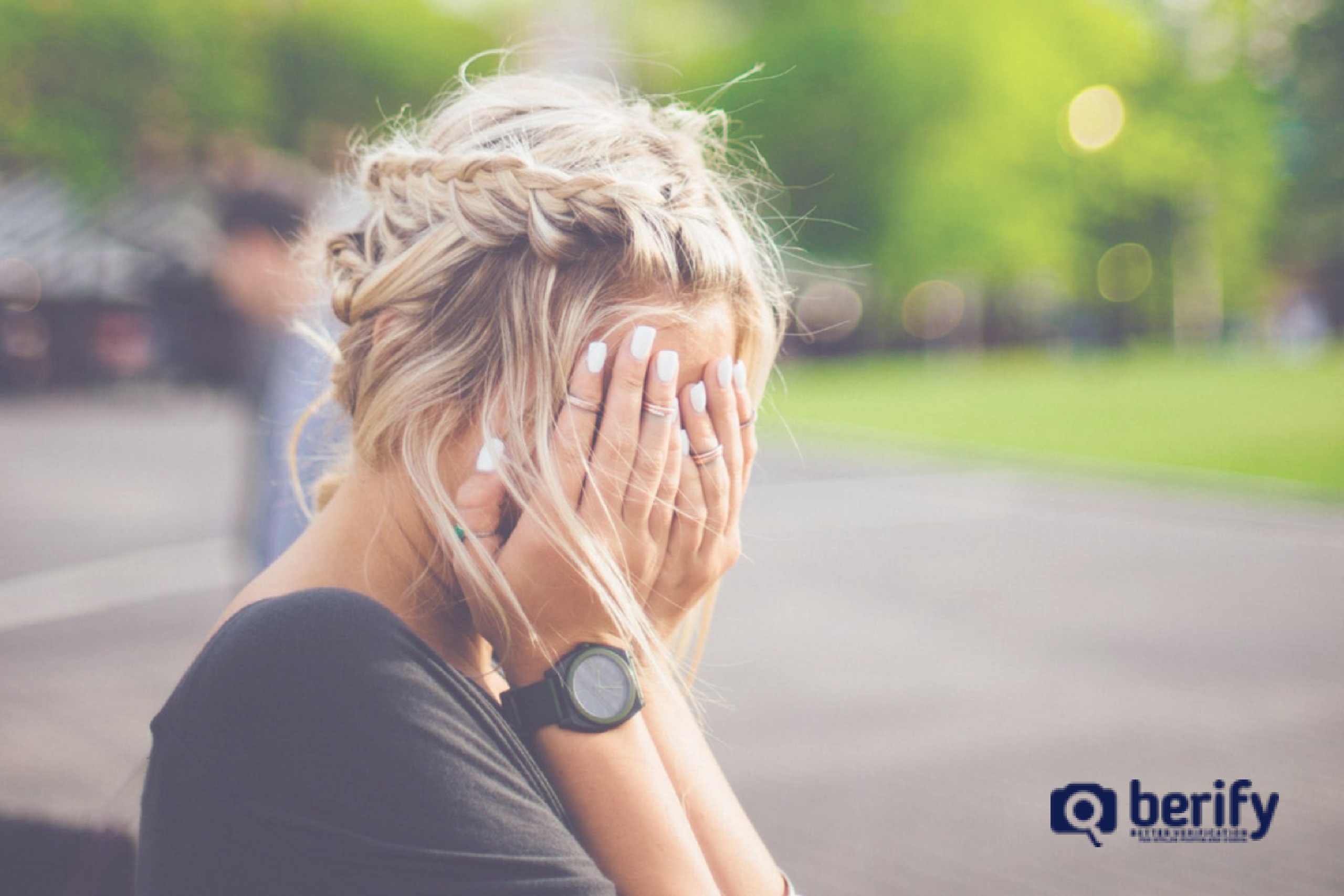[Infographic] A Snapshot of Online Image Theft
When it comes to photography and stolen pictures, those thieves prefer to think of it as a victimless crime for which they need no apology.
However, professional photographers and hobbyists know the reality – besides being unethical, image theft is illegal and expensive. If you’re looking for information on how to protect your images online, then you’ll love this infographic:

You may embed our infographic on your site with the following code:
Dictionary.com defines plagiarize as, “to take or use ideas, passages, etc. from (another’s work) by plagiarism”. Image plagiarism is just as severe as if someone were to plagiarize a book or written content.
What was once thought of as unstoppable photography theft is now becoming recognized widely as something which the photography community can stand up against and stop? It can take hours to perfect an image and include the right lighting, exposure, location, travel, editing, and even hiring models or incorporating graphic design.
Statistics on Copyright Infringement
Aware of this, more and more photographers are becoming empowered to take action. While the term “taken in a flash” might be tongue in cheek, it is also true. 64% of professional photographers have had their work stolen. Photography hobbyists don’t fare much better, as 44% have also experienced photography theft.
The results of who steals the images are somewhat expected – bloggers and social media users clock in as nearly half of the perpetrators of image theft (49%). What is surprising, however, is that commercial businesses (i.e., potentially the competition of your business or your clients!) rack up as the source for 28% of images stolen. Next, individual professionals appear as 11% of image thieves, while 12% is “other” (miscellaneous).
Looking back to the statistics for 2016, the threat of image theft is showcased: within the 64% of photographers who have had suffered from image theft, once discovered that someone stole their images, 33% did not take legal action. This occurred due to the daunting process and costs of legal aid and representation.
Werner v. ViralNova Complaint
One successful suit, by photographer Jeff Werner in 2015, happened against clickbait site, ViralNova. He took action after they used and profited from his images without his permission or any image attribution. The details can be found at Peta Pixel. The graphics of his court documents show just what image theft looks like when being proved in court and it can be extensive.
(Source:https://petapixel.com/2015/07/31/this-is-what-it-looks-like-to-sue-a-viral-clickbait-site-for-photo-copyright-infringement/)
Are Your Images Being Altered?
There is another component to image theft that is gaining steam – altering images. This happens, in part, to disguise the robbery, but also to falsely market it as the intellectual property of another and to let businesses use the content for free and with their accompanying logo, design, or information. While the thief makes off scott free, unless caught and prosecuted, the results are costly for the photographer who owns the image and its copyright.
On average, photographers lose $446 PER STOLEN IMAGE. Stolen content can appear anywhere from blogs, to YouTube, Instagram, Tumblr, Facebook, Twitter, and more. It can take the form of “click bait,” “viral memes,” and personal or professional use.
Perhaps you believe that you’ve done your due diligence and sought out image theft for your images online. Keep in mind that 72% of the photos stolen by other businesses are altered, making them harder to discover!
Image Theft Ranking by Country
While those living in the United States often think of image theft as a contained domestic problem, the issue has its roots worldwide. China is a leader in online image theft, followed by France with the United States coming in third place.
(Source: https://www.copytrack.com/image-theft-ranking/)
How to Prevent Content Theft
Discovering who and where stolen images are being used is essential, but a much-needed tool is to take action before the problem starts. Instead of feeling helpless against online theft, there is a lot that can be done to protect your pictures online.
First, disable right click options on your website and imaging. This cannot be stressed enough! A mere right click by a fan or image thief can easily download the content to their computer for access and use. To avoid this, look for a “no right click” plug-ins.
A more straightforward option for the less tech or website savvy is to create a “gallery” – in a format or on a website which will keep downloads from happening.
Another tried, but true classic is the use of a watermark. This can also be accomplished by adding a plug-in like Envira Gallery to your website. The problem? 68% of photographers whose work was stolen had their work’s watermark removed!
This can still prove helpful if the matter should go to court. Findings that a watermark was removed is significantly more likely to result in compensation to the photographer, as it shows willful copyright violation.
File a DMCA Takedown
Another source photographers need to be familiar with is DMCA (Digital Millennium Copyright Act), which can also be added in a ‘badge’ format to one’s site or below one’s work. Enacted in 1998, this Act updated the Copyright Laws to give protection to digital content and prevent the issue at hand – stolen imagery.
DMCA is useful even if your copyright of the images hasn’t been registered. The United States usually acknowledges automatic copyright for personally created content. However, if you want to be doubly sure you explore all avenues to protect your content, copyright will run $35-$45 per image. (U.S. Copyright Office)
(Source: http://www.dmca.com/FAQ/What-is-a-DMCA-Takedown)
Subject Matter and Scope of Copyright
At a very minimum, add a statement or notice of your copyright below the image, post, or website – along with the date and any allowance you do or do not offer for use.
This will remind image thieves that your content is not something they should take or use without permission, lest you will take action. It is helpful to go directly to the source of copyright laws (the .gov site) and learn more:
(Source: https://www.copyright.gov/title17/92chap1.html)
Image Theft Report
Love the West Coast? So do online thieves, as (according to 2017 US Digital Image Theft Report) California has the highest reported rank for image theft. To put this in perspective, California is first at 32.77%, while state number 2 (Illinois) trails far behind at 9.21%. Did your State make a list? Find out here:
(Source: https://www.copytrack.com/us-digital-image-theft-report-1/)
Use a Reverse Image Search Engine
While Google is an often used free image search website, Berify has stepped up to become an ally in the fight against online image theft. Not only is Berify helpful at catching online theft, but they are also a worthy contender – their reverse image search yields significantly more results than other online image searches, including Google and Bing.
Their specialized algorithm finds duplicate images, along with partially altered and similar style images. This aids everyone from photographers to talent agents, marketers, models, law firms, and corporate or individual owned businesses.

Berify also has a unique ability to scour the ‘net for duplicate videos or images regularly. Even during the times when you forget about your craft’s internet safety, Berify is working in the backdrop to protect your copyright through theft discovery.
Sources:
https://www.hallaminternet.com/who-is-stealing-my-images/
https://berify.com/
Picture Stolen and Turned into an Anti-Feminist Meme
Sometimes, image theft takes the form of online bullying – where someone “borrows” another’s personal photography to mock it. This happened to XO Jane reader Kelly Broderick, who had her body type and feminism mocked all in one hurtful meme. Luckily it empowered her to speak out.
(Source:https://www.xojane.com/issues/my-picture-was-stolen-and-turned-into-a-fat-shaming-anti-feminist-meme)
Can I Use That Picture?
If you have people in your lives who ignore the rules and you find them “borrowing” (a.k.a. “stealing”) content from others frequently, consider sending them this guide of when and when not to use other’s work. It has just enough humor in it that they might not be mad at you for reminding them to be part of the solution, not the problem.
(Source: http://thevisualcommunicationguy.com/2014/07/14/can-i-use-that-picture/)
Fair Use and Creative Commons
Also, don’t jump the gun if you’re not sure if something is image theft. Be aware that there is such a thing as Fair Use or the right to use copyright material for personal or educational reasons (a teacher showing students in class or a television news network’s use in a report, etc.).
(Source: https://fairuse.stanford.edu/overview/faqs/copyright-basics/)
Other creators add content to the Creative Commons and allow the open or select use of their work, as listed. Public Domain is when no one owns the copyright (as the creator relinquished rights or is dead and the copyright didn’t pass on).
Reverse Image Search API
Image theft may not disappear entirely, but wise photographers can stay one step ahead of the game using Berify and other technology to catch and combat theft!
Other Sources:
https://www.pixsy.com/the-state-of-image-theft-in-2016/
https://www.dreamgrow.com/prevent-content-theft/
https://graphpaperpress.com/blog/protect-website-image-stealing/
https://www.thebalance.com/registering-a-copyright-3514952
https://www.diyphotography.net/a-guide-to-plagiarism-and-theft-in-photography/















![[Photographers] Learn How to Protect Your Pictures Online](https://berify.com/blog/wp-content/uploads/2018/02/Adobe-Spark-10.jpg)


